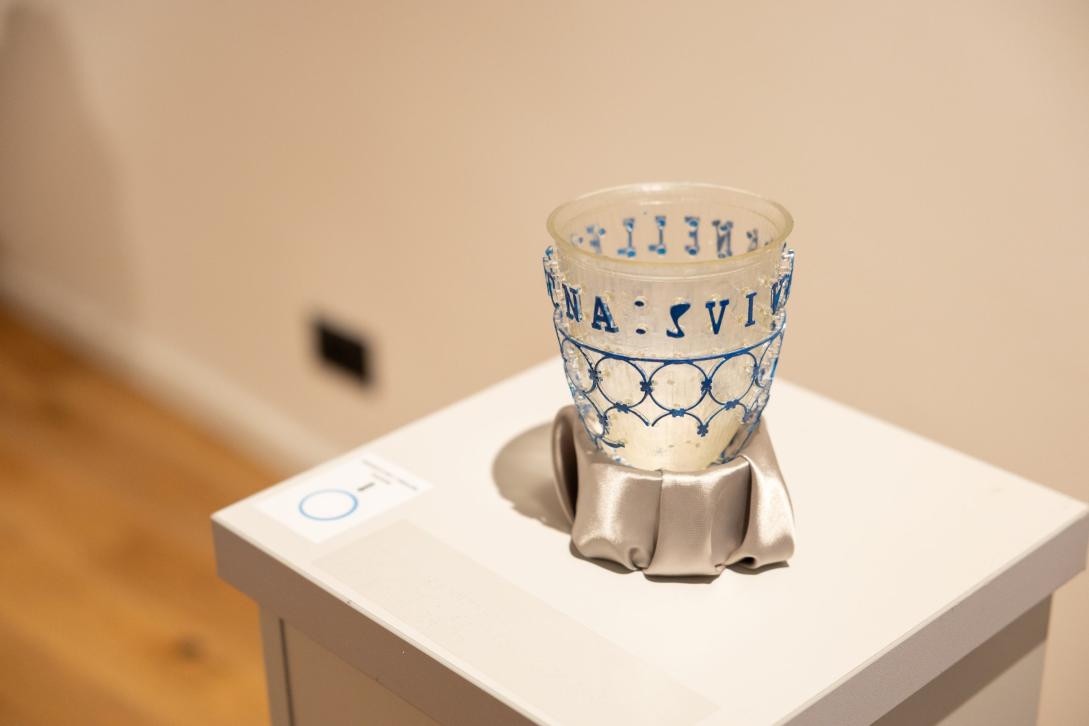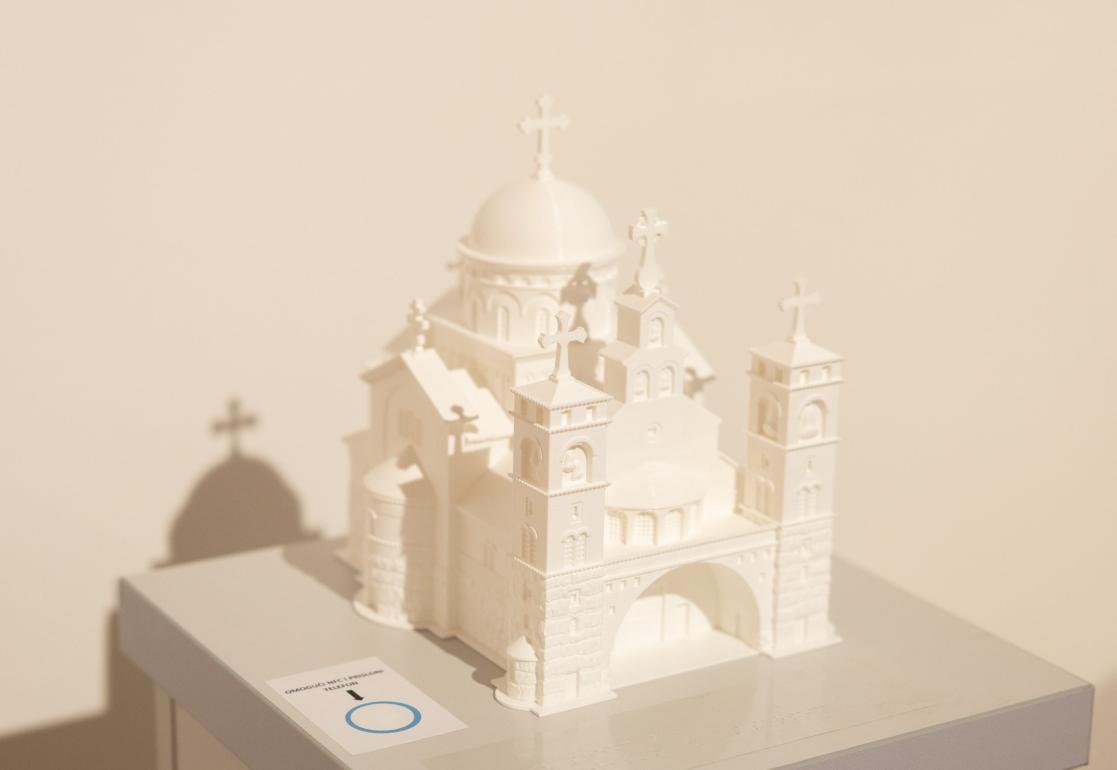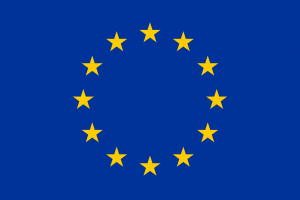The Exhibition "Culture for All" is Officially Open

The exhibition "Culture for All", celebrating innovation, inclusion, and youth creativity, was officially opened at Kuslev's House. This unique display combines pieces designed by young authors in collaboration with five museums. Through their innovative solutions, young creatives have introduced new ways of connecting with art and Montenegro’s cultural heritage. The exhibition features 3D models of museum artefacts, sculpted exhibits, handmade pieces of cultural heritage, and animations depicting animals and objects inspired by museum collections.
Each piece is accompanied by an audio guide in Montenegrin, while the names are also written in Braille, making the exhibition accessible to people with diverse sensory abilities.
Božidar Denda, Director of the Library for the Blind, highlighted that, for the first time, exhibits and artworks are being presented in the form of 3D models, sculptures, and handcrafted replicas, enabling people with diverse sensory abilities to experience culture in an authentic way.
"We are particularly proud of the audio guides included in this exhibition, the Braille inscriptions, as well as the sign language video guides for King Nikola’s Museum, marking a significant step towards the accessibility of museum artefacts," he stated.
According to Montenegro’s Chief Negotiator, Predrag Zenović, Montenegro has a rich cultural heritage that, unfortunately, is not always accessible to everyone.
"The exhibition 'Culture for All!' takes us on a unique journey through Montenegro’s past and nature, merging tradition and innovation by overcoming barriers and ensuring that all members of our society, especially those for whom cultural assets are not always accessible, can participate. Exhibits that represent replicas of museum artefacts, sculptures, and landmarks of Montenegro are all around us, as well as 3D models and animations illustrating plant and animal species from different parts of our country. Thanks to audio guides and Braille texts, everyone can now enjoy their beauty and artistic value," said Zenović. He also emphasised that inclusion is essential for societal progress.

Copyright: EU4ME
Riccardo Serri, Deputy Head of the Delegation of the European Union to Montenegro, that this exhibition is a tangible demonstration of EU values.
"We often talk about European values – solidarity, accessibility, innovation, and cultural heritage – as if they are abstract concepts. But we are truly pleased to see these values materialised. Through the hard work of young artists, museum collections have been presented in a way that engages all participants, ensuring that art and history are not merely relics of the past but remain interactive and, above all, accessible to all," said Serri.
He stressed that the audio guides and Braille inscriptions convey an important message.
"It is a message that no one should be excluded from the opportunity to explore and appreciate the richness of our shared heritage. We are delighted that the European Union has played a key role in supporting this initiative, alongside the relevant ministry, UNESCO, and other important partners," stated Seri.
Matija Miljanić, a representative from Museums and Galleries of Podgorica, pointed out that while this institution preserves art, certain obstacles and disabilities often make its consumption impossible.
"With this exhibition, we have enabled people with disabilities to experience and enjoy art. This is a unique opportunity not only for people with disabilities but also for all citizens to better familiarise themselves with sculptures through touch. I would like to note that the entire exhibition is still in its initial phase, and we will strive to expand the exhibits," Miljanić added.
The exhibition is organised by the Library for the Blind of Montenegro, the Homer Cultural Centre, and the Faculty of Electrical Engineering at the University of Montenegro, with the support of the Ministry of European Affairs through the EU4ME project. The creation of the exhibited pieces has been funded by the European Union, with additional support from UNESCO through the programme "Culture and Creativity for the Western Balkans", as well as co-financing from the Montenegrin Innovation Fund and the Institute for Education.
Article source: ME4EU





